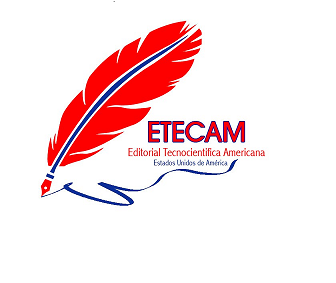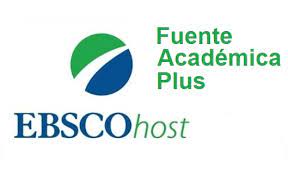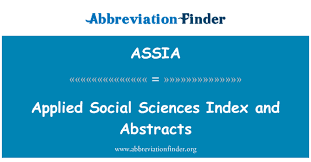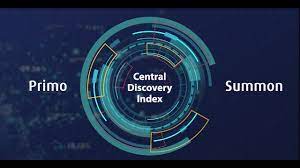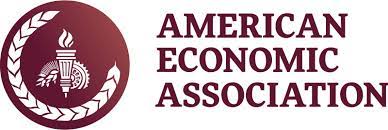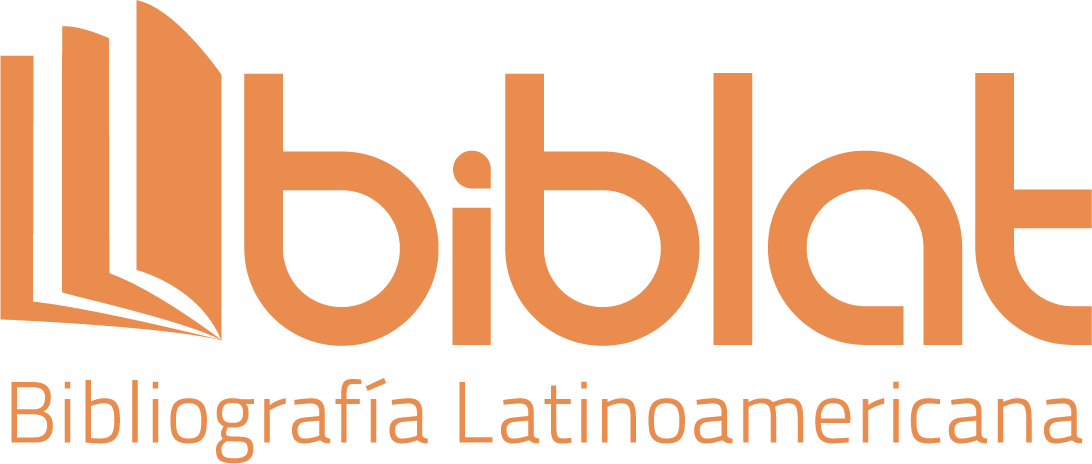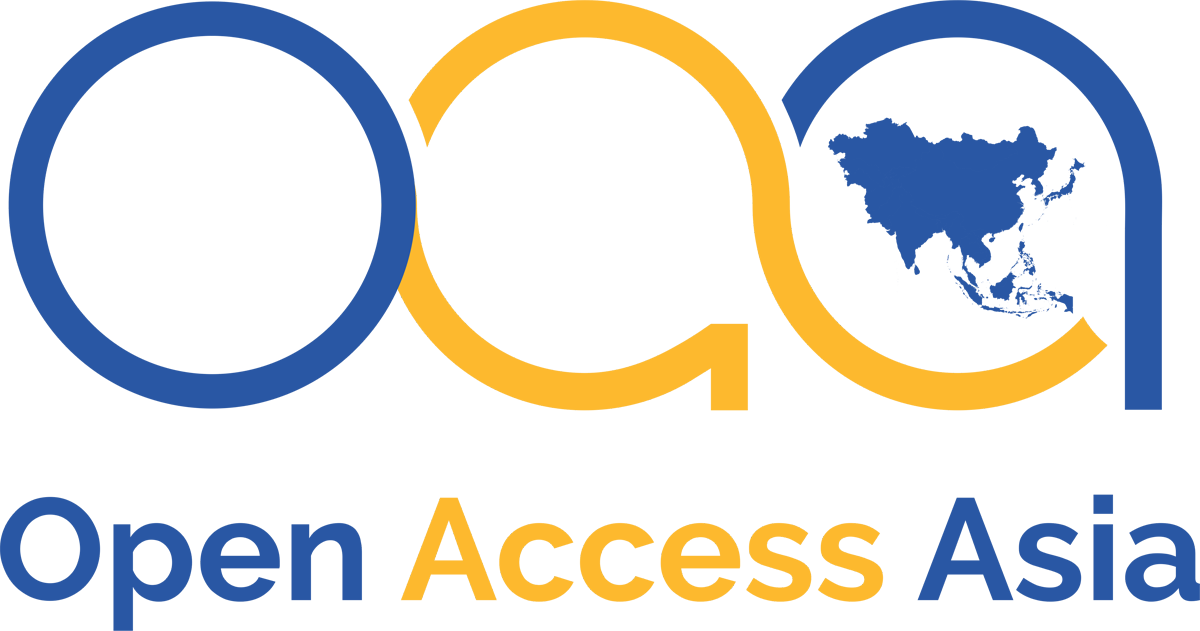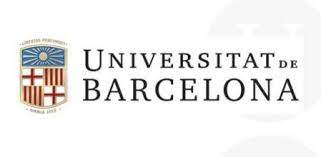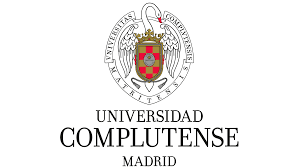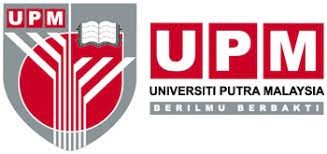Neurodidactics applied to the resolution of mathematical problems, in seventh grade students of the educational unit Ciudad de Ibarra
DOI:
https://doi.org/10.51736/sa.v7iEspecial%206.407Keywords:
neurodidactics, problem solving, mathematics, teaching, educational strategiesAbstract
The integration of cognitive neuroscience in education has generated a growing interest due to its potential to improve learning. This study aimed to design, implement and evaluate the impact of a strategy based on neurodidáctica on mathematical problem-solving skills in seventh grade students. The sample consisted of 57 students from the unidad educativa Ciudad de Ibarra, divided into an experimental group and a control group, together with the participation of 7 teachers whose perceptions and suggestions were fundamental in the design and implementation of the strategy. A quasi-experimental design was used and statistical tests, including the Wilcoxon test, were applied to analyze the data collected. The results showed a significant improvement in problem-solving skills in the experimental group, supporting the effectiveness of the neurodidactic strategy. In addition, teachers' satisfaction, calculated using the Iadov technique, and their positive perceptions highlighted the relevance of this approach in the classroom. These findings suggest that neurodidactics can be a valuable tool to promote more effective and meaningful learning in the field of mathematics, highlighting the importance of further exploring and developing this interdisciplinary field.
Downloads
References
Cedeño, G. C. B., & Bailón, J. B. (2021). Estrategias neurodidácticas en el proceso enseñanza-aprendizaje de educación básica. ReHuSo: Revista de Ciencias Humanísticas y Sociales, 6(1), 72-81.
Chojak, M. (2018). Neuropedagogy as a scientific discipline: interdisciplinary description of the theoretical basis for the development of a research field. International Journal of Educational and Pedagogical Sciences, 12(8), 1085-1088.
de Castro Fabre, A. F., Ortega, N. S., & Farrat, Y. R. (2020). El proceso de validación mediante la Técnica de Iadov en cursos por encuentros. Revista Ingeniería Agrícola, 10(1), 66-70.
Dumontheil, I., Houlton, R., Christoff, K., & Blakemore, S. J. (2010). Development of relational reasoning during adolescence. Developmental science, 13(6), F15-F24.
Gamarra Astuhuaman, G., & Pujay Cristóbal, O. E. (2021). Resolución de problemas, habilidades y rendimiento académico en la enseñanza de la matemática. Revista Educación, 45(1), 176-189.
Howard-Jones, P. A., & Jay, T. (2016). Reward, learning and games. Current opinion in behavioral sciences, 10, 65-72.
Khalid, M., Saad, S., Hamid, S. R. A., Abdullah, M. R., Ibrahim, H., & Shahrill, M. (2020). Enhancing creativity and problem solving skills through creative problem solving in teaching mathematics. Creativity Studies, 13(2), 270-291.
Leikin, R. (2014). Challenging mathematics with multiple solution tasks and mathematical investigations in geometry. Transforming mathematics instruction: Multiple approaches and practices, 59-80.
Lekati, E., & Doukakis, S. (2022, October). Neuroeducation and Mathematics: The Formation of New Educational Practices. In Worldwide Congress on “Genetics, Geriatrics and Neurodegenerative Diseases Research" (pp. 91-96). Cham: Springer International Publishing.
Liu, J., Ma, S., Xu, W., & Zhu, L. (2022). A generalized Wilcoxon–Mann–Whitney type test for multivariate data through pairwise distance. Journal of Multivariate Analysis, 190, 104946.
Lozano, A. R. P., Flórez, L. R. P., & Miranda, M. D. J. Z. (2023). Repensando la Clase de Informática con la Neurodidáctica y la Teoría de la Cognición Situada. Ciencia Latina Revista Científica Multidisciplinar, 7(6), 6010-6022.
Lucas-Oliva, I., Toledo-Vega, G., & Núñez-Román, F. (2022). From Neurodidactics to Language Teaching and Learning: The Emotional Approach. Theory and Practice in Language Studies, 12(8), 1457-1467.
Malsagova, M. K. (2020). Directions and trends in the development of neurodidactics. American Scientific Journal, (43-2), 9-11.
Mateus-Nieves, E., & Devia, H. (2021). Desarrollo de habilidades del pensamiento matemático desde la formulación y resolución de problemas de enunciado verbal. Acta Scientiae, 23(1), 30-52.
Moreano, L. F., & Páez, J. P. (2020). Diseño de una estrategia neurodidáctica para la comprensión lectora en el aula de matemáticas. Aglala, 11(2), 133-152.
Procopio, M., Fernandes Procopio, L., Yáñez-Araque, B., & Fernández-Cézar, R. (2022). Cooperative work and neuroeducation in mathematics education of future teachers: A good combination?. Frontiers in Psychology, 13, 1005609.
Ramírez, N. (2020). Influencia del programa neurodidáctica “MATCERSPA” en el aprendizaje de matemática en estudiantes de secundaria. Revista Ciencia y Tecnologia, 16(4), 73-86.
Schoenfeld, A. H. (2016). Learning to think mathematically: Problem solving, metacognition, and sense making in mathematics (Reprint). Journal of education, 196(2), 1-38.
Schoenfeld, A. H. (2017). On learning and assessment. Assessment in Education: Principles, Policy & Practice, 24(3), 369-378.
Sheromova, T. S., Khuziakhmetov, A. N., Kazinets, V. A., Sizova, Z. M., & Borodianskaia, E. A. (2020). Learning Styles and Development of Cognitive Skills in Mathematics Learning. Eurasia Journal of Mathematics, Science and Technology Education, 16(11).
Published
How to Cite
Issue
Section
License
Copyright (c) 2024 Carmen del Cisne Cupuerán Valencia, María Cecilia Rojas Alvarez, Wilber Ortiz Aguilar

This work is licensed under a Creative Commons Attribution-NonCommercial-ShareAlike 3.0 Unported License.













